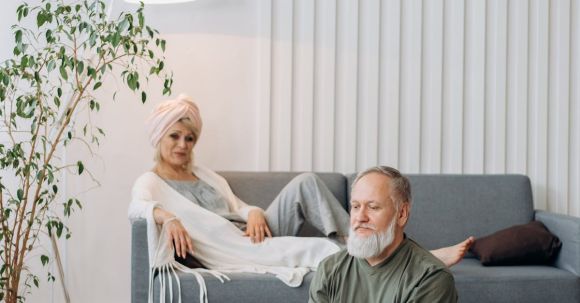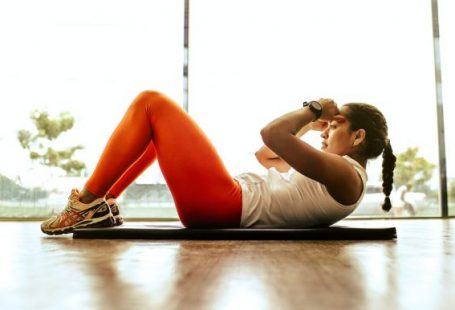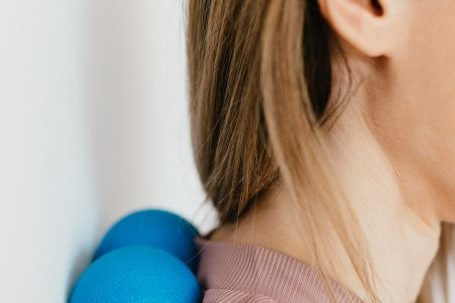Are you looking for a fun and effective way to get fit from the comfort of your own home? Look no further than Pilates! Pilates is a low-impact exercise method that focuses on strengthening and toning the body through controlled movements. In this article, we will explore how you can get fit with Pilates at home, no fancy equipment or expensive gym memberships required.
Benefits of Pilates
Before we dive into the specifics of practicing Pilates at home, let’s take a moment to discuss the many benefits of this exercise method. Pilates is known for improving strength, flexibility, and posture. It can also help increase body awareness and reduce stress. Additionally, Pilates is suitable for people of all fitness levels, making it a versatile and inclusive exercise option.
Creating a Pilates Space at Home
To get started with Pilates at home, you’ll need to create a dedicated space where you can practice. Find an area in your home that is spacious enough for you to move freely without any obstructions. Make sure the floor is comfortable and supportive, such as a yoga mat or a carpeted area. Having a mirror nearby can also be helpful for checking your form and alignment.
Basic Pilates Exercises
Now that you have your Pilates space set up, let’s explore some basic Pilates exercises that you can do at home. Remember to focus on your breath and engage your core throughout each movement.
1. The Hundred: Lie on your back with your legs bent and feet flat on the floor. Lift your head, neck, and shoulders off the ground. Extend your arms by your sides, palms facing down. Pump your arms up and down while inhaling for five counts and exhaling for five counts, for a total of ten breaths.
2. The Roll-Up: Lie on your back with your legs extended and arms reaching overhead. Inhale as you roll your spine up, reaching towards your toes. Exhale as you slowly roll back down, one vertebra at a time. Repeat this movement for a few repetitions, focusing on maintaining control and engaging your core.
3. The Single Leg Stretch: Lie on your back with your knees bent, shins parallel to the floor, and hands behind your head. Extend one leg out while simultaneously bringing the opposite knee towards your chest. Switch legs and continue alternating while keeping your head and shoulders lifted off the ground.
Online Pilates Classes and Resources
If you’re new to Pilates or prefer guided instruction, there are plenty of online Pilates classes and resources available. Many fitness instructors and studios offer virtual classes that you can join from the comfort of your own home. These classes range from beginner-friendly to more advanced levels, allowing you to progress at your own pace. You can also find a variety of Pilates workout videos on platforms like YouTube, offering a wide range of Pilates routines to choose from.
Stay Consistent and Listen to Your Body
As with any exercise routine, consistency is key when practicing Pilates at home. Aim to allocate a specific time each day or week for your Pilates workouts. Start with shorter sessions and gradually increase the duration as you build strength and endurance. It’s important to listen to your body and modify the exercises if needed. If something doesn’t feel right or causes discomfort, take a break and consult a professional instructor or healthcare provider for guidance.
Conclusion: Embrace the Benefits of Pilates at Home
Getting fit with Pilates at home is a convenient and enjoyable way to improve your overall fitness and well-being. By creating a dedicated Pilates space, learning basic exercises, and utilizing online resources, you can embark on a journey to a stronger, more flexible, and healthier you. So, roll out your mat and get ready to embrace the benefits of Pilates in the comfort of your own home.





